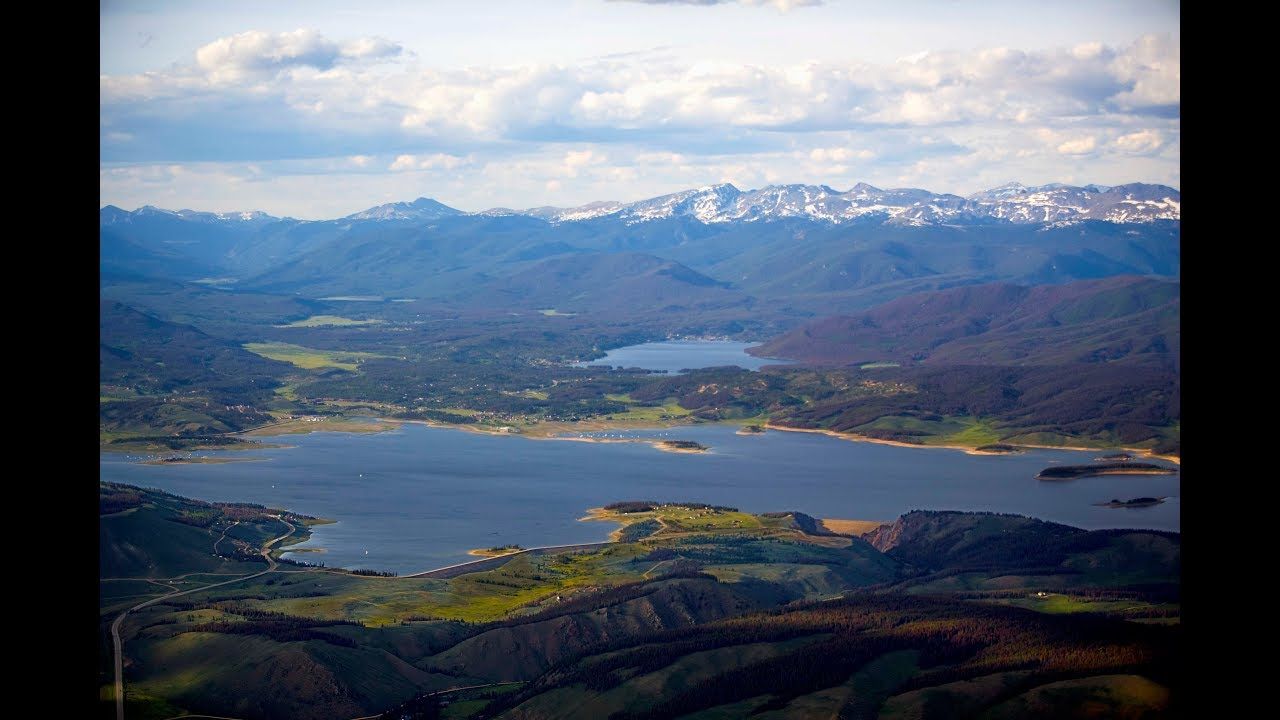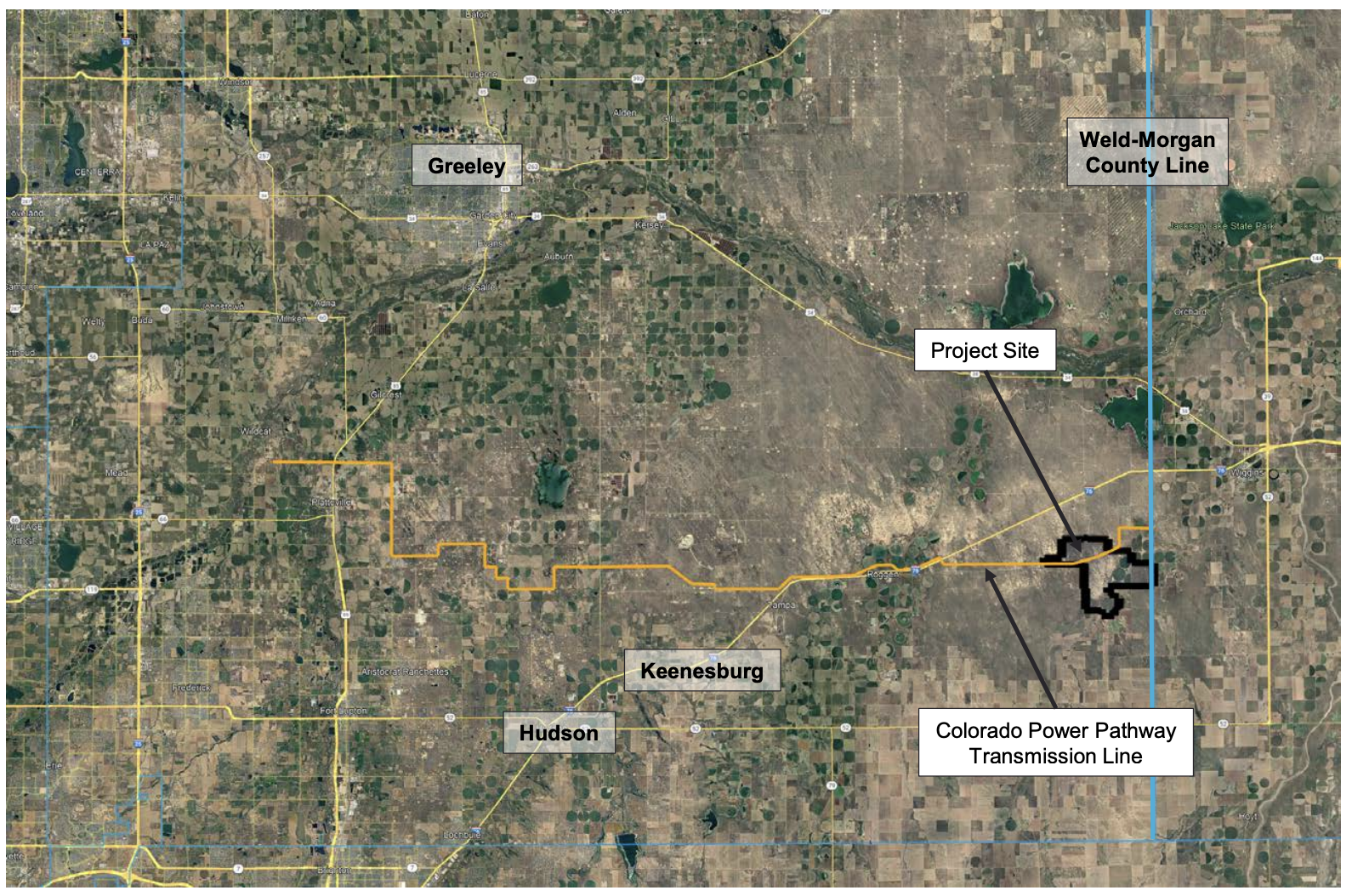Water work is elemental for GM Wind

There’s a big water feature behind General Manager Bradley Wind as he sits on the patio at Northern Colorado Water Conservancy District headquarters in Berthoud.
Not water feature as the term might apply to golf courses. Nor is the water feature like those at Water Valley in Windsor, which it must be said are there to sell houses.
For most corporate backyards even a fountain would be nice. But Wind’s man-made creek is way cooler.
It coos like a contented child, streaming on a sometimes level, sometimes slightly downhill grade. Water comes from an outcropping of rocks to the left — call it the west if looking at the feature like a map. The flow splits off in a few directions, pools in spots, finally gets to where it’s going for people to enjoy if we had the time.
Wind said it represents the largest project the district, known as Northern Water, oversees: the Colorado-Big Thompson Project, from West Slope collection areas to East Slope distribution sites and beyond.
If you’re the water, start around Granby in the West and swim through Adams Tunnel into Estes Park. At that point, disperse to reservoirs and a confluence of cities in several counties. Continue east and Northern Water oversight ends just about Julesburg. The water, of course, keeps flowing and being fought over, but by others.
Northern Water spokesman Jeff Stahla notes the purpose of the hydro-diorama — drawing the eye and dominating the area — is education. “It’s something we bring the school kids out to” on field trips, he said.
All-told, the C-BT, a water-reflected gleam in locals’ eyes 85 years ago and built at a cost of $162 million, includes some 30 dams, dikes and reservoirs, and a half-dozen power plants.
These bring 200,000 acre-feet of water a year to 615,000 acres of irrigated farmland and 1 million people.
Northern Water co-runs C-BT with the U.S. Bureau of Reclamation for its federal government owners.
The past isn’t past
Wind has worked at Northern Water going on 30 years and became its sixth GM three years ago.
It “kind of happened naturally,” he said of signing on after grad school. “Being raised on an irrigated farm in Eastern Colorado … in a state that receives frankly limited rainfall you have a pretty clear appreciation” of water issues.
His parents were both around water quite a bit, though there never seemed to be enough of it. His father “was very involved with irrigation companies [and] boards involved in managing local systems” along the South Platte. His mom was office manager for a special water district in the rural area where he grew up.
He and his parents still farm and graze cattle on a plot of about 1,200 acres. Most of the farm is planted to feed corn but it includes “a plot of sweet corn, for family and friends.”
“Is the farm profitable?” Wind is asked.
“This year it is,” Wind said. “I think you’d get that answer from every farmer, every time. This year.”
Wind holds a bachelor’s in civil engineering, a bachelor’s and a master’s in agricultural engineering, and an MBA. He cast his lot with Northern Water between the two graduate degrees and has been there ever since.
It’s not uncommon for employees to call the organization home for several decades. Frankly, it’s about the only way they can see some of its projects all the way through to the end.
Wind leads efforts to ensure big desires come to good ends for multiple competing interests, even if the nature of the work is that not all desires will be met.
The present is not a gift
Start with Colorado-Big Thompson. The system includes, among other things, reservoirs.
“The biggest reservoir in the state of Colorado is the snowpack.”
As the snow melts, Northern Water grabs it on the West Slope and runs it through the system modeled in its backyard. Lake Granby is the second-largest reservoir in the state, Wind noted, and the starting blocks for the C-BT.
More reservoirs are “part of the solution” to water challenges, he said. Portions of the state would benefit by simply that, if there were more collection points.
Northern Water’s oversight includes several reservoirs, including Horsetooth in the C-BT.
Northern Water is building another — Chimney Hollow — which is part of the Windy Gap Project, which also includes an eponymous reservoir of its own. Neither is in C-BT; both are also part of Northern Water’s work.
Stahla makes this comparison: “Chimney Hollow will be to the Windy Gap Project as Horsetooth is to the C-BT Project: East Slope storage of water collected on the West Slope.”
Wind said, “20 years is probably on the short end of a planning horizon for these kinds of big projects,” and in the meantime “you need to control the flow.”
Conservancy district members’ needs change daily. The district gets orders and adjusts accordingly to changes. The district’s control room handles that. With some uses, “you’re trying to predict human nature.”
A storm comes through, people don’t water their lawns. Fires leave scorched earth, and Northern Water has to adjust for the damage to water supplies. And “C-BT is also an energy project.” Water falls from 8,000 feet in Estes Park, driving turbines on its way to cities at 5,000 feet.
It’s complicated.
“There are competing priorities and needs and desires,” Wind said.
More people coming, more reservoirs being built, more water it is hoped.
Its creation flowed from a 1937 state law, and it works with municipalities, homeowners’ associations and others to deliver their water. Storage is one part of its work, Stahla said, conservation is another. Working with farms is a third.
The district is governed by a board to which Wind reports, with members appointed by district court judges in areas it touches.
The future is coming now
Water is “a limited resource,” Wind said, “so you get tensions, and we’re trying to help our constituency manage through a future that’s going to have less availability.”
Cities and agriculture compete for the limited water. “If we’re able — and this is a big if — if we’re able to find ways to maintain water on our farms I’d argue that 50 years from now [they’ll] be pulling something else out of the ground … requiring less water.”
What about all the growth coming to Northern Colorado?
He thinks it could bring “enough of a population base [where] the marketplace would … send signals to grow other things.”
Wind and Stahla compared the situation to driving down a road, seeing something up ahead you’re going to hit. “So it’s like, if I keep driving like this,” Stahla said, “I’m going to crash.”
Changing the plan is “just what people do. They turn the wheel. How do we swerve, is the question.”
“In a sense, the water will always be there,” Wind said. “But it might be used for other things.”
There’s a big water feature behind General Manager Bradley Wind as he sits on the patio at Northern Colorado Water Conservancy District headquarters in Berthoud.
Not water feature as the term might apply to golf courses. Nor is the water feature like those at Water Valley in Windsor, which it must be said are there to sell houses.
For most corporate backyards even a fountain would be nice. But Wind’s man-made creek is way cooler.
It coos like a contented child, streaming on a sometimes level, sometimes slightly downhill grade. Water comes from an outcropping of rocks to the left — call it…
THIS ARTICLE IS FOR SUBSCRIBERS ONLY
Continue reading for less than $3 per week!
Get a month of award-winning local business news, trends and insights
Access award-winning content today!




